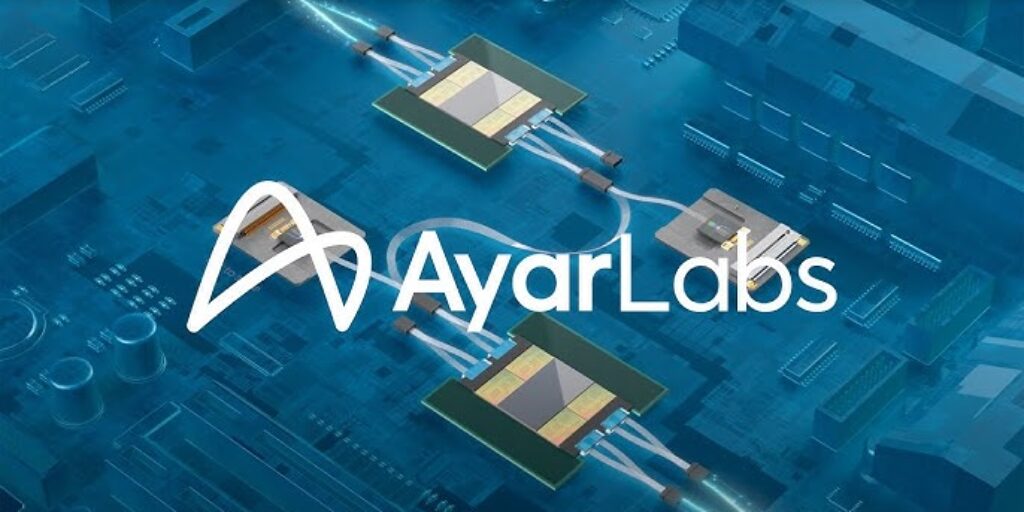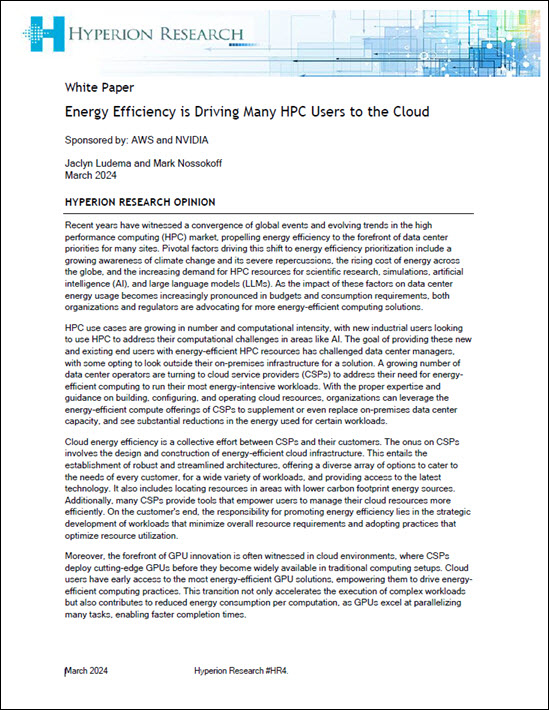Reno, NV – (April 10, 2024) – Sylabs, a provider of tools and services for performance-intensive container technology, today announces the launch of a new certification focusing on the Singularity container platform. Rooted in open-source SingularityCE, the Singularity container platform has become an indispensable tool for users in large computing environments practicing mission-critical data science, […]
Sylabs Announces SingularityCE 4.1.0
Reno, NV – (February 8, 2024) – Sylabs, a provider of tools and services for performance-intensive container technology, announced the release of SingularityCE 4.1.0, the newest iteration of its container solution optimized for HPC environments, including AI/ML, large-scale data projects, and edge computing. Sylabs said this release represents a significant step forward, enhancing user autonomy, […]
Sylabs Partners with Carahsoft on Software Container Services for the Public Sector
Reno, Nv. – August 2, 2023 – Sylabs, a provider of tools and services for high performance container technologies, announced a partnership with Carahsoft Technology Corp. Under the agreement, Carahsoft will serve as Sylabs’ public sector distributor, making the company’s software container technology services, including SingularityPRO and Singularity Enterprise, available through Carahsoft’s reseller partners and […]
Sylabs Announces Singularity Enterprise 2.3 for Hybrid Docker/Singularity Workflows
Reno, NV – (June 21, 2023) – Sylabs, a provider of tools and services for performance-intensive container technology, announced today the launch of Singularity Enterprise 2.3. The company said the update synergizes the Open Container Initiative (OCI) with the versatility of Singularity for interoperability between OCI-compatible containers and enabling users to leverage Singularity for complex, […]
Sylabs Unveils ‘Singularity Containers 101’ Curriculum for Colleges
Reno, NV – June 14, 2022 – Sylabs, provider of tools and services for performance-intensive container technology, today announces the “Singularity Containers 101” curriculum. Using the open-source SingularityCE platform, this curriculum is designed for college programs, offering instruction in container technology. This program is built to prepare students to navigate and lead in the next […]
Sylabs Releases SingularityCE 3.11 for HPC Workflows with OCI Compatibility
Reno, NV – February 16, 2022 – Sylabs, a provider of performance-intensive container technology, today announced the release of SingularityCE 3.11, which the company said takes a step towards full OCI compatibility in the future 4.0 release. Features of the update include improvements to container builds, broadened workflows for signing and verification of images, and […]
Sylabs a Finalist in America’s DataHub Innovation Challenge
Reno, NV – Sept. 14, 2022 – Sylabs, a provider of container technology and services for performance-intensive workloads, today announced it has been selected by America’s DataHub Consortium (ADC), in partnership with Tech Connect and Advanced Technology International (ATI), as a finalist in America’s DataHub Innovation Challenge. In addition to receiving a membership to the […]
Sylabs and Anchore Collaborate to Bring SBOM Support for Singularity Containers
Reno, NV – August 24, 2022 – Sylabs, a provider of container technology and services for performance-intensive workloads, today announced it has collaborated with Anchore to bring Syft Software Bill of Materials (SBOM) support to Singularity containers. Developed and maintained by Anchore, a software supply chain security company, Syft is an open source tool for […]









